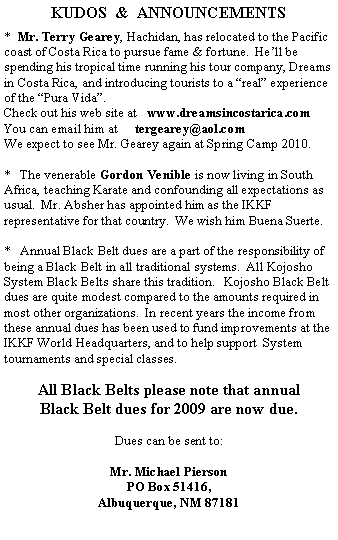
|
HAVING YOUR BELL RUNG
A study commissioned by the National Football League reports that Alzheimerís disease or similar memory-related diseases appear to have been diagnosed in the leagueís former players vastly more often than in the national populationóincluding a rate of 19 times the normal rate for men ages 30 through 49. A detailed summary of the N.F.L. study, which was conducted by the University of Michiganís Institute for Social Research, was distributed to league officials this month. The study has not yet been peer reviewed, but the findings fall into step with several recent independent studies regarding N.F.L. players and the effects of their occupational head injuries. The findings could ring loud at the youth and college levels, which often take cues from the N.F.L. on safety policies and whose players emulate the pros. Hundreds of on-field concussions are sustained at every level each week, with many going undiagnosed and untreated. Brandon Reynolds was playing football on the Wake Forest junior varsity team when a blindside shot knocked him, as he put it, giggly. Reynoldsí experience is similar to that of many high school and college football players who sustain concussions, which are injuries in which the brain stops working normally after it crashes into the skull. Players are competitors. They want to play. And even if they are hurt, they don't want to tell the coach they can't play. Concussions are an unseen epidemic, according to Dr. Kevin Guskiewicz, chairman of the Department of Exercise and Sport Science at the U of N. Carolina. He says that players, parents and coaches need to understand that what coaches used to call ìhaving your bell rungî or ìgetting dingedî is actually a traumatic brain injury.
Excerpts from a 9/30/09 NY Times article by A. Schwarz and a report by Tim Steven of McClatchy Newspapers
If you think that full contact cage fighters wonít suffer exactly the same fate, then you have already had your bell rung one time too many. ed |

|
Nikolai Valuev, the WBA heavyweight boxing champion from Russia, stands 7ft 2in and weighs 323 pounds. If you want to climb into the ring with him, you might consider packing on an extra carne adovada burrito or two. |
